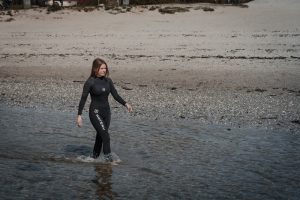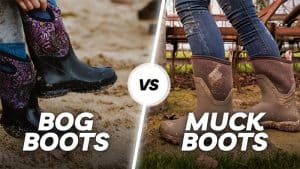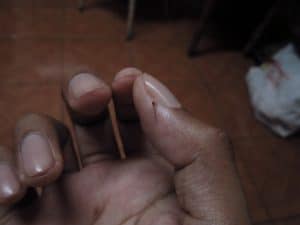Windbreakers are a popular type of outerwear that many people use in the winter months to stay warm and dry. They are lightweight, comfortable, and stylish, making them an ideal choice for cold weather protection. But what many people don’t know is if windbreakers are waterproof.
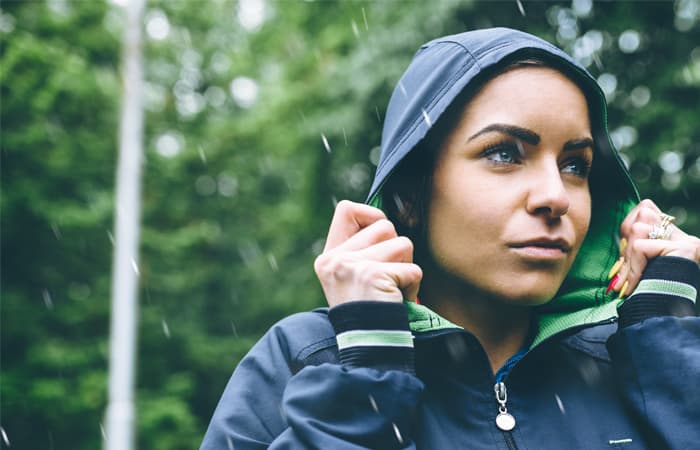
This article will explore this question in greater depth by looking at the materials used to make windbreakers and their capabilities when it comes to resisting rain and moisture. We’ll also look at some tips for keeping yourself dry when wearing a windbreaker in wet weather conditions.
What Is the Best Fabric for Waterproof Windbreaker?
Windbreakers are a great way to protect yourself from the elements, but which type of fabric is best for waterproof windbreaker? This article will explore the features and benefits of different fabrics used in making waterproof windbreakers.
The most popular fabric choice for waterproof windbreakers is nylon. Nylon is lightweight and durable, making it an ideal material for creating a shell layer that protects from rain and wind. It usually comes with a DWR finish, which helps repel water on contact and increases its water-resistance capabilities. Additionally, nylon offers superior breathability compared to other materials, so you won’t overheat while wearing it outdoors.
Gore-Tex is also a great material choice for waterproof jackets because of its high level of durability and ability to repel moisture while remaining breathable. It is, however, heavier and less breathable than nylon.
Design Features of Windbreakers
The design features of a windbreaker include a hood, cuffs and drawstrings around the waist and hem to trap heat in. Elasticized inner linings help block out cold air while still allowing sweat to escape.
Fun Outdoor Quiz
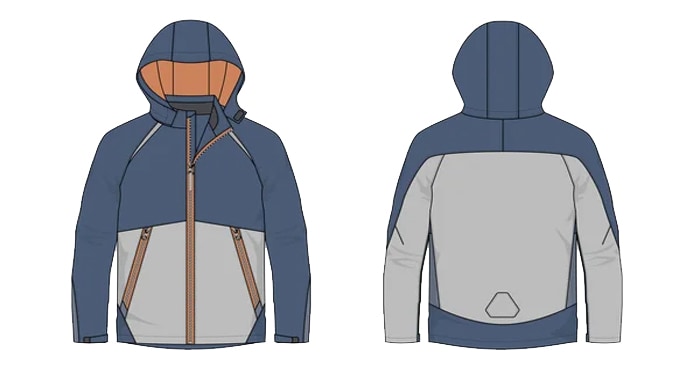
Additionally, most windbreakers have mesh panels or pockets on the inside or outside for ventilation or added storage space. The exterior fabric is usually water-resistant with taped seams that prevent water from seeping through into the lining material, keeping you dry and protected from the elements. Some models also come with zippered front closures for extra protection against strong winds or driving rain.
How to Test for Waterproofing of a Windbreaker
Testing a windbreaker’s waterproof quality involves assessing the fabric’s ability to prevent water from penetrating the outer surface. To do this, one method is to submerge a piece of the windbreaker in a container of water for an extended period of time. If no moisture is visible on the outside after removing it from the container, then it can be determined that the windbreaker is waterproof.
Another way to evaluate a windbreaker’s waterproof quality is by spraying it with water from a garden hose or other source of pressurized water. If there are no droplets or wetness on the fabric after being sprayed, then it has passed this test and can be considered waterproof.
Waterproof or Water Repellent: Which One Do You Need?
A windbreaker is a staple piece of clothing for anyone who spends a lot of time outdoors. It provides warmth and keeps the body dry from rain and wind. But, when it comes to shopping for a windbreaker, you may not know which one best suits your needs: waterproof or water repellent?
Waterproof fabrics are made with special coatings that are designed to keep out all moisture. This makes them ideal if you plan on engaging in activities such as fishing, kayaking, rafting or any other activity where you’re likely to get wet. Waterproof materials usually hold up better than water repellents over extended periods of time but can be more expensive.
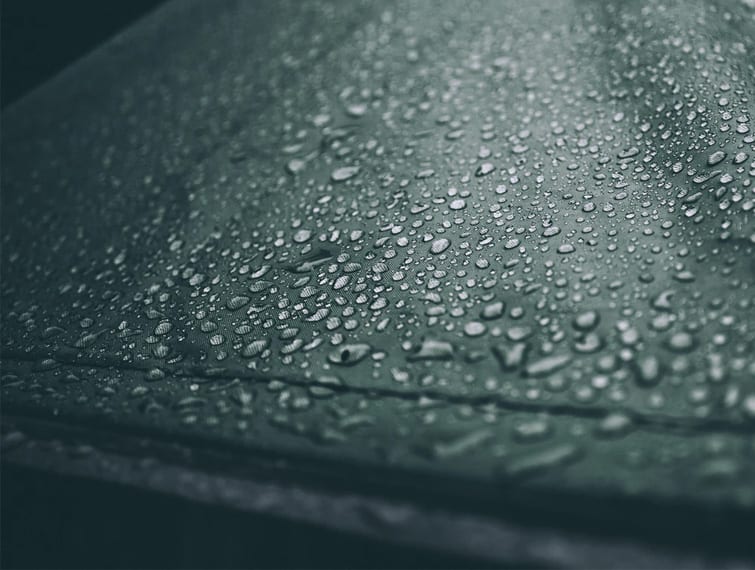
On the other hand, water repellent fabrics are designed to resist light rain and moisture only; they do not provide full protection against wet conditions like waterproof fabrics do. They are generally less expensive than waterproof materials. If you’re planning on wearing your rain gear for an extended period of time, at a higher elevation or in rougher conditions, waterproof fabrics are the best choice.
Alternatives to Windbreakers
When it comes to staying dry and keeping warm during wet weather, waterproof windbreakers are a popular choice. But what if you’re looking for something different? There are plenty of alternatives on the market that can provide protection from the elements just as well as a windbreaker. Rain jackets, parkas and ponchos are all great options when searching for lightweight outerwear that will keep you dry.
Rain jackets offer protection from rain without adding bulk or weight to your outfit. They come in a variety of colors and styles, making them an excellent choice for people who want to look fashionable while also keeping out the rain.
Parkas are another great alternative because they can often be layered over other clothing items for added warmth in cold climates. Additionally, many parkas feature hoods with drawstrings for extra protection against wind and precipitation.
Ponchos are great for people who want to keep their hands free while keeping dry. Ponchos are available in a variety of styles including single strap, double strap and even ones with hoods. Many ponchos also feature drawstrings or ties so they can be tightened around the waist or neck.
Beat the Rain: How to Stay Dry in a Windbreaker
For windbreaker enthusiasts, wet weather doesn’t have to put a damper on your outdoor activities. With some simple tips, you can keep yourself dry while wearing a windbreaker in wet weather conditions.
First, it’s important to pick the right gear. Look for a windbreaker with waterproof materials such as Gore-Tex or other modern synthetic fabrics designed to repel water and keep you dry even when exposed to rain or humidity. Additionally, choosing one with multiple layers will help trap heat and block out moisture for extra protection against the elements.
Another key step is making sure all of your seams are sealed properly so that no water can seep through any gaps where material meets material. Applying a high-quality seam sealer or tape will help ensure that your windbreaker remains leak proof even when subject to heavy rainfall and moisture levels.


